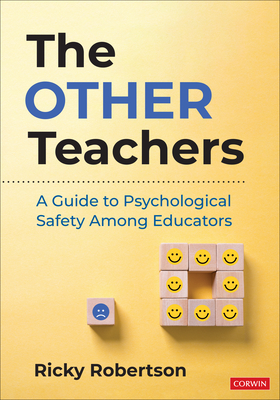
description
discussion of the digital dreams that have come true, their often unintended side effects (nightmares), and what must be done to counteract the nightmares. It is intended as an impetus to further conversation not only in homes and workplaces, but in academic courses and even legislative debates. Equally importantly, the book is a presentation of what digital technology professionals need to know about these topics and the actions they should undertake individually and in support of other citizens, societal initiatives, and government. The author begins by introducing the amazing progress made in digital technologies over the past 80 years. Pioneering engineers dreamed of potential uses of technology through their writing and technical achievements, further inspiring thousands of researchers to bring the dreams to life, and to dream new dreams as well. The second part of the book describes the myriad adverse side effects and unanticipated challenges that arose as those dreams were pursued and achieved. Examples include rampant misinformation on social media, ransomware, autonomous weapons, and the premature use of AI before it is reliable and safe.
The book closes with a positive call to action, outlining ways to address the challenges through ethical career choices, careful analysis, thoughtful design, research, citizen engagement, legislation/regulation, and careful consideration of how bad actors may use technology. Readers of Digital Dreams Have Become Nightmares should become more knowledgeable, wiser, and also cautiously optimistic, determined to affect positive changes through their design, creation, and use of technology.
member goods
No member items were found under this heading.
Return Policy
All sales are final
Shipping
No special shipping considerations available.
Shipping fees determined at checkout.







